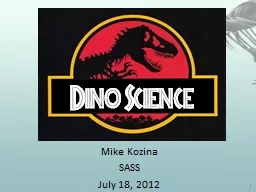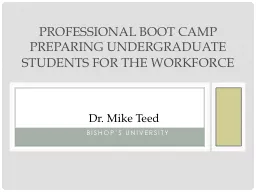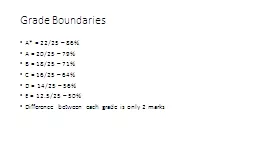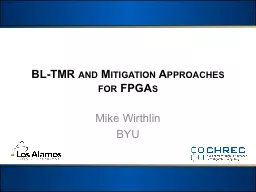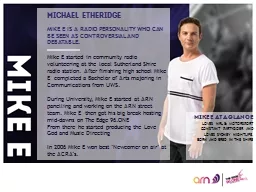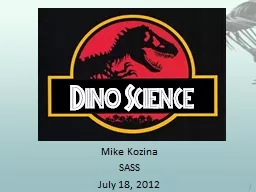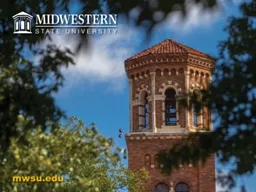PPT-Mike Kozina
Author : yoshiko-marsland | Published Date : 2015-10-10
SASS July 18 2012 1 Dino Science What is a dinosaur 2 Thats rightbirds are now dinosaurs 3 Types of Dinosaurs 4 Sauropods Theropods Marginocephalia Saurischia
Presentation Embed Code
Download Presentation
Download Presentation The PPT/PDF document "Mike Kozina" is the property of its rightful owner. Permission is granted to download and print the materials on this website for personal, non-commercial use only, and to display it on your personal computer provided you do not modify the materials and that you retain all copyright notices contained in the materials. By downloading content from our website, you accept the terms of this agreement.
Mike Kozina: Transcript
Download Rules Of Document
"Mike Kozina"The content belongs to its owner. You may download and print it for personal use, without modification, and keep all copyright notices. By downloading, you agree to these terms.
Related Documents

